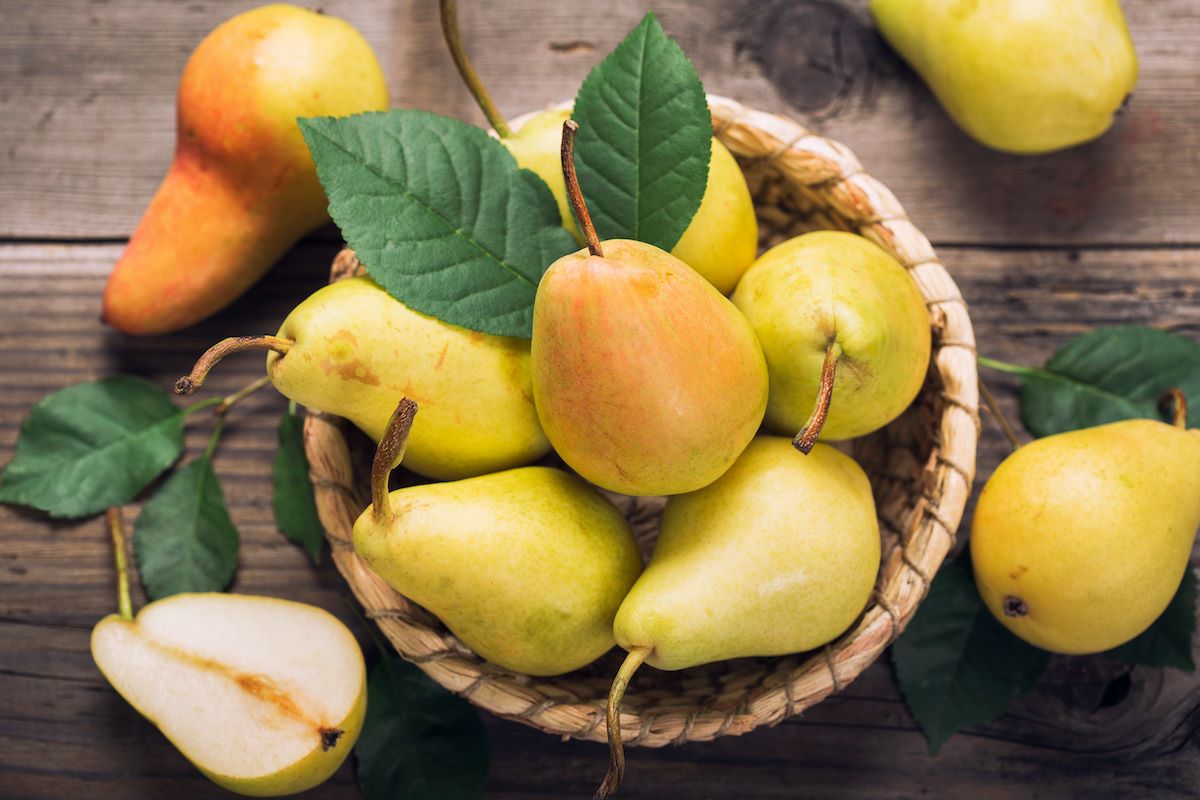

Articles
How To Store Pears
Modified: March 23, 2024
Learn the best ways to store pears and keep them fresh for longer with our helpful articles. Discover expert tips and tricks to maximize their shelf life.
(Many of the links in this article redirect to a specific reviewed product. Your purchase of these products through affiliate links helps to generate commission for Storables.com, at no extra cost. Learn more)
Introduction
Welcome to the ultimate guide on how to store pears! Pears are a delicious, versatile fruit that are enjoyed by many. Whether you have a bountiful harvest from your backyard pear tree or you’ve picked up a bag of perfectly ripe pears from the grocery store, knowing how to store them properly is essential to maximize their freshness and flavor.
Proper storage not only helps to extend the lifespan of pears but also prevents them from developing an unpleasant texture or taste. In this comprehensive article, we will explore the best practices for selecting ripe pears, cleaning and drying them, and various storage methods to ensure that your pears stay fresh and delicious for as long as possible.
Before we dive into the specifics of storing pears, it’s important to understand that pears are unique compared to other fruits. Unlike some fruits, pears ripen off the tree, so knowing when to harvest them is critical. Pears should be picked when they are mature but still firm, and then allowed to ripen at room temperature until they reach the desired level of sweetness and juiciness.
Now that we have a basic understanding of the nature of pears, let’s delve into the details of storing them properly to preserve their quality and taste.
Key Takeaways:
- Store pears in the refrigerator to maintain freshness, using a perforated plastic bag or breathable container. Check regularly for spoilage and enjoy the juicy, flavorful fruit at its peak ripeness.
- Preserve pears for longer storage by freezing or canning. Frozen pears are perfect for cooking and baking, while canned pears can be enjoyed as a standalone fruit or used in various recipes.
Read more: How To Store Prickly Pear
Selecting Ripe Pears
When it comes to selecting ripe pears, it’s all about using your senses to assess their ripeness. Here are some tips to help you choose the perfect pears:
- Color: The color of the pear will vary depending on the variety. While some pears have a bright, uniform color when ripe, others may have green or yellow undertones even when fully ripened. Look for pears with a vibrant color and avoid those with blemishes or bruises.
- Texture: Gently press the neck of the pear (the area closest to the stem) with your thumb. A ripe pear should yield slightly to gentle pressure but still feel firm. Avoid pears that are too soft or mushy, as this indicates overripe or spoiled fruit.
- Fragrance: Give the pear a gentle sniff near the stem. Ripe pears will have a sweet, fragrant aroma. If you can’t detect any scent or if the pear has an unpleasant odor, it may not be ripe.
It’s important to note that pears can be picked before they are completely ripe and allowed to ripen at room temperature. This is because pears ripen from the inside out, so waiting for them to be fully ripe on the tree may result in overripe and mushy fruit.
If you have purchased pears that are not yet ripe, you can speed up the ripening process by placing them in a paper bag and storing them at room temperature. The bag will help to trap ethylene gas, which is naturally released by the pears and aids in the ripening process. Check the pears daily to monitor their ripeness and adjust accordingly.
On the other hand, if you have pears that are already ripe and you’re not ready to consume them, it’s best to store them using the methods we’ll discuss in the following sections to maintain their freshness and prevent them from becoming overripe.
Now that we know how to select ripe pears, let’s move on to the next step: cleaning and drying them before storage.
Cleaning and Drying Pears
Before storing pears, it’s important to give them a thorough cleaning to remove any dirt, bacteria, or residue that may be present on their skin. Here’s how to clean and dry your pears:
- Wash the Pears: Start by rinsing the pears under cool running water. Use your hands or a soft brush to gently scrub the surface of the pears, ensuring that all sides are clean.
- Avoid Soaking: While it may be tempting to soak the pears in a bowl of water, it’s best to avoid this as it can lead to waterlogging and promote spoilage. Plus, pears have delicate skins that can easily absorb excess moisture.
- Dry Thoroughly: After rinsing, pat the pears dry with a clean towel or paper towels. Ensure that no moisture remains on the skin, as this can encourage the growth of mold or bacteria.
- Air-Drying: For an extra precautionary step, you can also let the pears air-dry for a short period of time. Place them on a clean towel or wire rack and allow them to dry naturally. This will help to remove any remaining moisture and ensure that the pears are completely dry before storage.
Once your pears are clean and dry, you can proceed to the next step: sorting and storing them based on your preferred method.
It’s important to note that if you notice any pears with visible signs of damage or rot, it’s best to separate them from the rest to prevent the spread of mold or bacteria. Consume or discard these pears as soon as possible to avoid affecting the quality of the remaining ones.
Now that we have clean and dry pears, let’s explore the different methods for sorting and storing them to maintain their freshness and flavor.
Sorting and Storing Pears
After cleaning and drying your pears, it’s time to sort them and choose the best storage method. Here are a few options for storing pears:
- Storing Pears in the Refrigerator: Pears can be stored in the refrigerator to prolong their freshness. Place them in a perforated plastic bag or a breathable container to maintain humidity while allowing air circulation. Keep the pears in the crisper drawer, away from other fruits and vegetables, as they can emit ethylene gas that can speed up the ripening process of the pears.
- Storing Pears at Room Temperature: If you prefer to enjoy your pears at room temperature, you can store them in a fruit bowl or on the countertop. Choose a cool, well-ventilated area away from direct sunlight and heat sources. Keep in mind that pears ripen quickly at room temperature, so check them regularly and consume them before they become overripe.
- Preserving Pears for Longer Storage: If you have a large quantity of pears and want to extend their shelf life, there are preservation methods you can try. Freezing and canning are popular options for storing pears for an extended period. We’ll explore these methods in more detail in the following sections.
When sorting your pears, consider their ripeness and use them accordingly. Pears that are slightly underripe are ideal for cooking or baking, while fully ripe and juicy pears are perfect for enjoying fresh or using in salads. By categorizing your pears based on their ripeness, you can plan your meals and ensure that you use them before they become overripe.
Remember to check your stored pears regularly and remove any that show signs of spoilage. One rotten pear can quickly affect the quality of the others, so it’s important to keep an eye on them and discard any that have gone bad.
Now that you know how to sort and store your pears, let’s explore the specifics of storing pears in the refrigerator and at room temperature.
Storing Pears in the Refrigerator
If you prefer to store your pears in the refrigerator, follow these steps to keep them fresh and flavorful:
- Choose the Right Container: Use a perforated plastic bag or a breathable container to store your pears. These containers allow for proper air circulation while maintaining the necessary humidity to keep the pears from drying out.
- Wrap Individually (Optional): If you want to provide an extra layer of protection, you can individually wrap each pear in paper towels. This helps to absorb excess moisture and prevent the pears from touching each other, which can cause bruising or spoilage.
- Keep in the Crisper Drawer: Place the container of pears in the crisper drawer of your refrigerator. The crisper drawer provides a slightly higher humidity environment, which is ideal for keeping pears fresh.
- Avoid Temperature Fluctuations: Try to keep the temperature in your refrigerator consistent. Fluctuating temperatures can affect the texture and flavor of the pears. Avoid placing the pears near the back of the refrigerator where the temperature may be colder.
- Check Regularly: Periodically check your stored pears for any signs of spoilage. Remove any pears that have become overripe or show signs of rot to prevent the spread of mold or bacteria.
When storing pears in the refrigerator, it’s important to note that they may not ripen further. So if you prefer your pears to be softer and juicier, it’s best to let them ripen at room temperature before transferring them to the refrigerator. This will ensure that you can enjoy the pears at their peak ripeness.
Now that you’re familiar with the process of storing pears in the refrigerator, let’s move on to learning how to store pears at room temperature.
Store pears in the refrigerator to slow down ripening and maintain their freshness. Keep them in a perforated plastic bag to allow for air circulation and prevent moisture buildup.
Read more: How To Store Asian Pears
Storing Pears at Room Temperature
If you prefer to store your pears at room temperature, follow these steps to ensure they stay fresh and delicious:
- Select an Appropriate Location: Find a cool, well-ventilated area in your home to store the pears. Avoid placing them near heat sources or in direct sunlight, as this can accelerate the ripening process and cause the pears to spoil faster.
- Arrange in a Fruit Bowl: Place the pears in a fruit bowl or on the countertop, making sure not to overcrowd them. This allows for proper air circulation, which helps to prevent moisture buildup and slows down the ripening process.
- Monitor Ripeness: Check the pears regularly for ripeness. Pears ripen from the inside out, so they may feel firm even when they are sweet and ready to eat. Give the pears a gentle squeeze near the neck to check for ripeness. They should yield slightly to pressure but still retain their firmness.
- Consume or Refrigerate: Once the pears reach your desired level of ripeness, consume them promptly to enjoy their peak flavor and texture. If you have ripe pears that you’re not ready to eat, you can transfer them to the refrigerator to slow down the ripening process and extend their freshness.
- Rotate Regularly: To prevent uneven ripening, rotate the pears in the fruit bowl every few days. This ensures that each pear receives equal exposure to air and light, helping to maintain their freshness and flavor.
Keep in mind that pears stored at room temperature will continue to ripen and can become overripe quickly. It’s important to check them regularly to prevent spoilage and to enjoy them at their best quality.
If you find that your pears are ripening too quickly at room temperature and you’re unable to consume them all, consider transferring some to the refrigerator to slow down the ripening process. This can help extend their shelf life, allowing you to enjoy your pears for a longer period.
Now that you know how to store pears at room temperature, let’s explore methods for preserving pears for longer-term storage.
Preserving Pears for Longer Storage
If you have a surplus of pears and want to enjoy them beyond their fresh state, there are several preservation methods you can utilize. Freezing and canning are popular options that allow you to extend the shelf life of pears. Here’s how you can preserve pears for longer storage:
- Freezing Pears: Freezing is a convenient method to preserve pears while retaining their flavor and texture. Start by peeling, coring, and slicing the pears. You can also choose to blanch them briefly in boiling water for better color retention. Arrange the prepared pears in a single layer on a baking sheet lined with parchment paper and place them in the freezer until they are firm. Once they are frozen, transfer the pear slices to airtight freezer bags or containers, removing as much air as possible. Label them with the date and use within 8 to 12 months for optimal quality.
- Canning Pears: Canning is a traditional method that allows you to preserve pears in a sweet syrup, preserving their flavor and texture. Start by peeling, coring, and slicing the pears, and then place the slices in a mixture of water and lemon juice to prevent browning. Prepare a light syrup by combining water and sugar, heating it until the sugar dissolves. Pack the pear slices into sterilized canning jars, cover them with the prepared syrup, leaving a ½-inch headspace. Wipe the jar rims, apply the lids and rings, and process the jars in a boiling water bath. Follow a tested recipe and processing time based on your altitude and jar size. Properly sealed jars can be stored in a cool, dark place for up to 1 year.
Both freezing and canning methods are great for preserving pears, but keep in mind that the texture of the pears may change slightly after preservation. Frozen pears are best used in cooked dishes or smoothies, while canned pears can be enjoyed as a standalone fruit or used in various recipes.
When utilizing either of these methods, it’s important to follow proper food safety guidelines, including using clean and sterilized equipment, ensuring proper sealing, and storing the preserved pears under optimal conditions.
Now that you know how to preserve pears for longer storage, let’s move on to exploring the various ways to enjoy your freshly stored pears.
Freezing Pears
Freezing is a convenient method to preserve pears while retaining their flavor and texture. Here’s how you can freeze pears:
- Prepare the Pears: Start by selecting ripe but firm pears. Wash them thoroughly and peel the skin using a vegetable peeler. Cut the pears in half and remove the core and seeds. Slice the pears into desired shapes, such as wedges or slices.
- Prevent Browning: To prevent the pears from browning, you can dip the slices into a mixture of water and lemon juice. The lemon juice will help preserve their natural color.
- Blanching (Optional): Although not necessary, some people prefer to blanch the pear slices before freezing to help maintain their texture and color. To blanch, briefly place the pear slices in boiling water for a minute or two, then transfer them to an ice-water bath to stop the cooking process. Drain well before freezing.
- Arrange for Freezing: Arrange the prepared pear slices in a single layer on a baking sheet lined with parchment paper. Make sure the slices are not touching each other. This will prevent them from sticking together during freezing.
- Freeze the Pears: Place the baking sheet with the pear slices in the freezer and let them freeze until firm. This usually takes about 2 to 4 hours, depending on the thickness of the slices.
- Pack for Long-Term Storage: Once the pear slices are frozen, transfer them to airtight freezer bags or containers. Remove as much air as possible from the bags to prevent freezer burn. Label the bags with the date of freezing for easy reference later on.
- Store in the Freezer: Place the bags of pear slices in the back of the freezer where the temperature remains consistent. Frozen pears can maintain their quality for about 8 to 12 months.
Frozen pears are best used in cooked dishes such as pies, tarts, or sauces. They also work well in smoothies or as a topping for yogurt or oatmeal. When using frozen pears, there is no need to thaw them beforehand; you can use them directly from the freezer.
Now that you know how to freeze pears, you can enjoy their delicious taste and texture all year round!
Canning Pears
Canning is a traditional method that allows you to preserve pears in a sweet syrup, preserving their flavor and texture. Here’s how you can can pears:
- Prepare the Pears: Start by selecting ripe but firm pears. Wash them thoroughly and peel the skin using a vegetable peeler. Cut the pears in half and remove the core and seeds. You can leave the pears whole or slice them into desired shapes.
- Prevent Browning: To prevent the pears from browning, you can place them in a bowl of water mixed with lemon juice or ascorbic acid. This solution helps to preserve their natural color.
- Prepare the Syrup: In a large saucepan, prepare a light syrup by combining water and sugar. The ratio for the syrup is typically 2 parts water to 1 part sugar. Heat the mixture over medium heat, stirring until the sugar completely dissolves.
- Fill the Jars: Pack the prepared pear halves or slices tightly into sterilized canning jars, leaving about a ½-inch headspace at the top. You can layer the pears in the jars to maximize space, but be careful not to overfill or crush the fruit.
- Add the Syrup: Pour the hot syrup over the pears, filling the jars but still maintaining the ½-inch headspace. Make sure the pears are fully submerged in the syrup. Use a spatula or a knife to remove any air bubbles trapped in the jars.
- Seal the Jars: Wipe the rims of the jars with a clean, damp cloth to remove any syrup or residue. Place the sterilized lids on the jars and screw the bands on firmly but not too tight.
- Process the Jars: Place the filled jars in a boiling water bath canner, ensuring that the water covers the jars by at least 1 to 2 inches. Process the jars for the recommended time based on your altitude and the size of the jars. This processing time ensures the safe preservation of the pears and creates a vacuum seal. Remove the jars from the canner and let them cool on a towel or wire rack.
- Check for Seals: Once the jars have cooled, check the seal by pressing down on the center of the lids. If the lid stays down and doesn’t flex, the jar is properly sealed. Any unsealed jars should be refrigerated and consumed within a few days.
- Store in a Cool Place: Properly sealed jars can be stored in a cool, dark place such as a pantry or cellar. Aim to use the canned pears within 1 year for optimal quality.
Canned pears can be enjoyed on their own as a delightful snack or used in various recipes and desserts. They add a burst of sweet flavor to pies, crisps, tarts, and even savory dishes like salads and pork roasts.
Now that you know how to can pears, you can savor their delectable taste long after the fresh pear season has ended.
Read more: How To Store Bosc Pears
Enjoying Your Freshly Stored Pears
Now that you have successfully stored your pears using various methods, it’s time to savor the delicious fruits of your labor. Here are some ideas for enjoying your freshly stored pears:
- Fresh and Juicy: If you stored your pears at room temperature, enjoy them as is when they reach their desired ripeness. Nothing beats biting into a juicy, perfectly ripe pear with its sweet and fragrant flavor.
- Cooking and Baking: Whether you froze or canned your pears, they can still be used in a variety of delightful dishes. Thawed frozen pears can be baked into pies, tarts, or crumbles for a comforting dessert. Canned pears can be used in cobblers, compotes, or even as a topping for pancakes or waffles.
- Smoothies and Fruit Salads: Frozen pears work wonderfully in smoothies, adding natural sweetness and a creamy texture. Blend them with other fruits, yogurt, and a splash of juice for a refreshing and nutritious drink. You can also add sliced pears to fresh fruit salads for an extra burst of flavor.
- Pear Preserves and Jams: If you canned your pears, they can be transformed into delicious homemade preserves and jams. Spread them on toast, scones, or use them as a filling for pastries. They also make lovely homemade gifts for friends and loved ones.
- Cooking and Roasting: Sliced pears can be added to savory dishes like salads, roasted vegetables, or alongside roasted meats, adding a touch of sweetness and a unique flavor profile. They can also be caramelized to be served as a side dish or topping for desserts.
- Pear Infused Beverages: Use your stored pears to infuse beverages like water, iced tea, or cocktails. Sliced pears can be added to water pitchers or steeped in tea for a subtle fruity flavor. You can also muddle them with herbs and mix them into cocktails for a refreshing twist.
Remember to let your creativity flow and experiment with various recipes and flavor combinations. Pears offer a versatile canvas to create both sweet and savory dishes that will delight your taste buds.
Whether you choose to enjoy your freshly stored pears in their natural form, as an ingredient in a recipe, or preserved for future use, you can savor the flavors of this delicious fruit year-round. Enjoy the fruits of your labor and savor the taste of freshly stored pears!
Frequently Asked Questions about How To Store Pears
Was this page helpful?
At Storables.com, we guarantee accurate and reliable information. Our content, validated by Expert Board Contributors, is crafted following stringent Editorial Policies. We're committed to providing you with well-researched, expert-backed insights for all your informational needs.
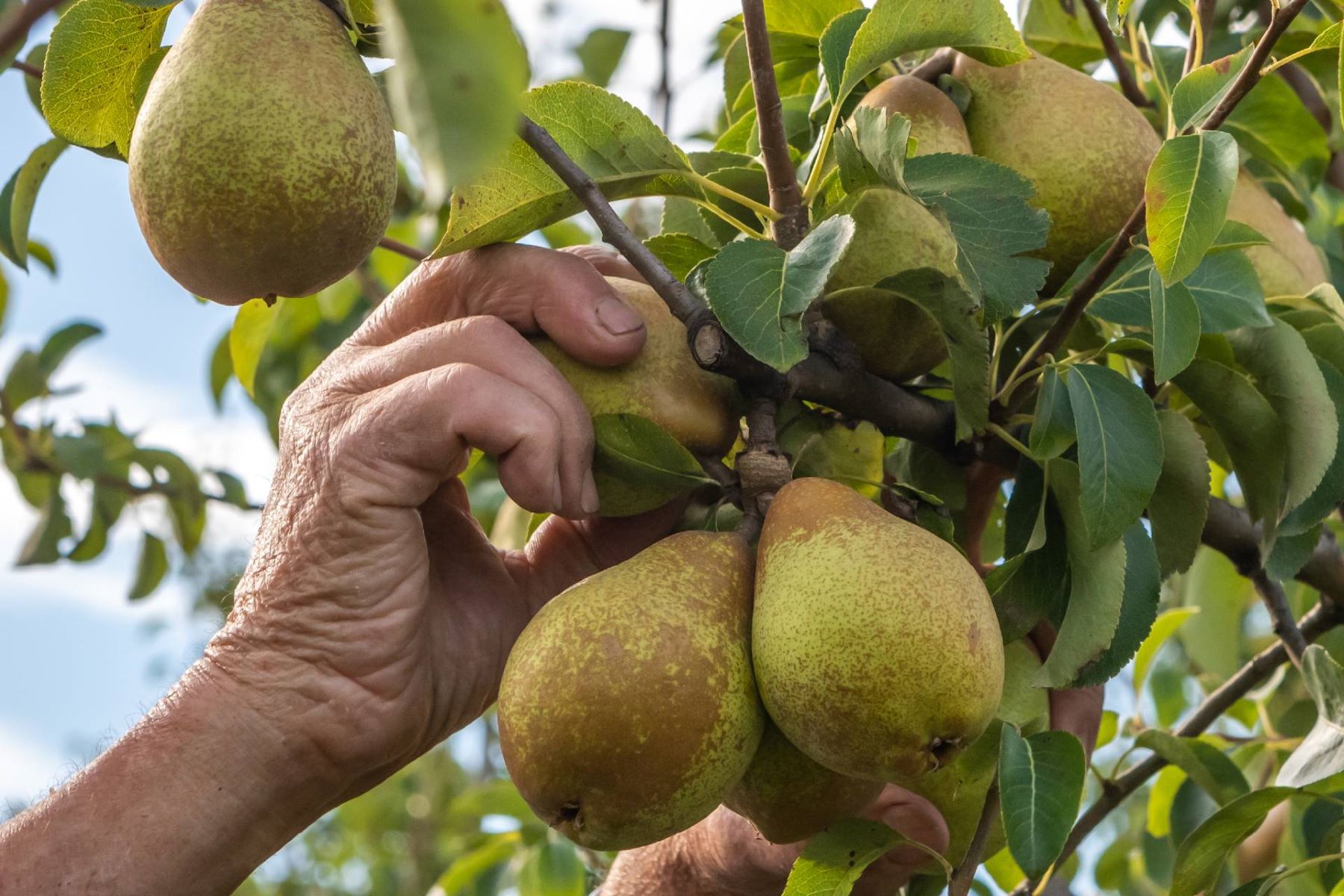
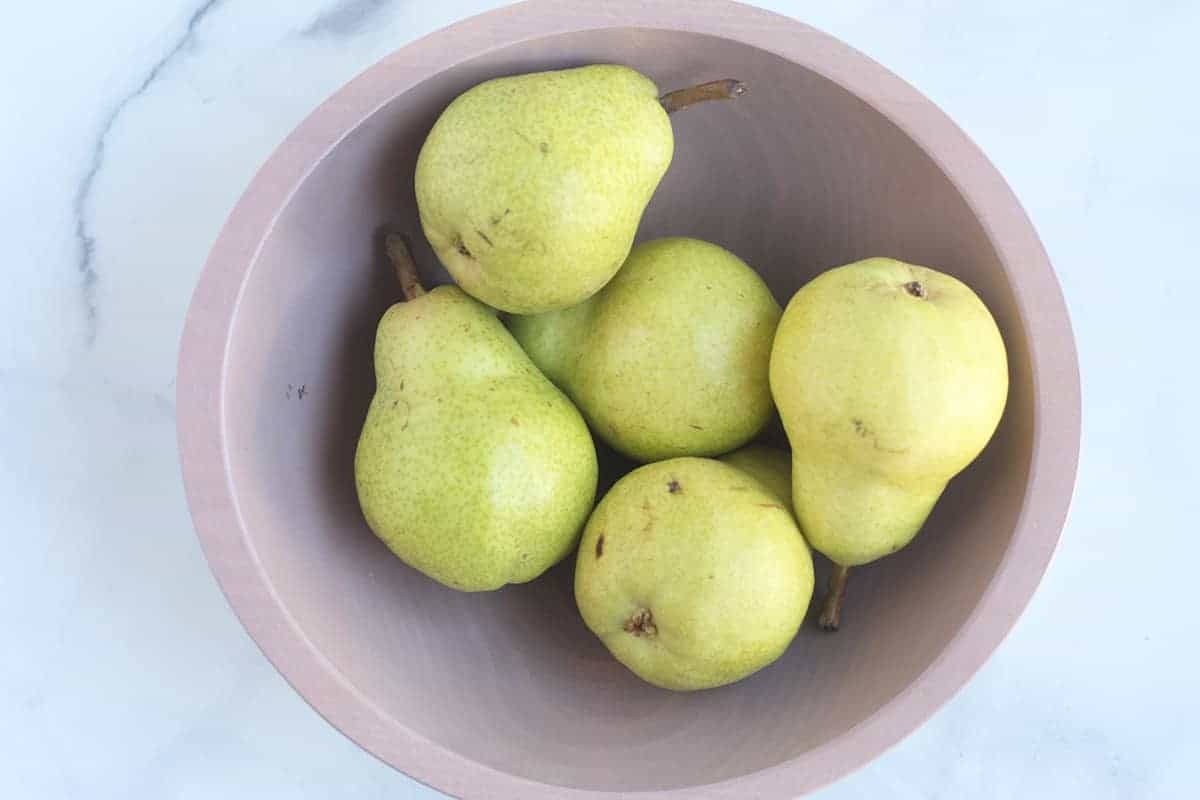
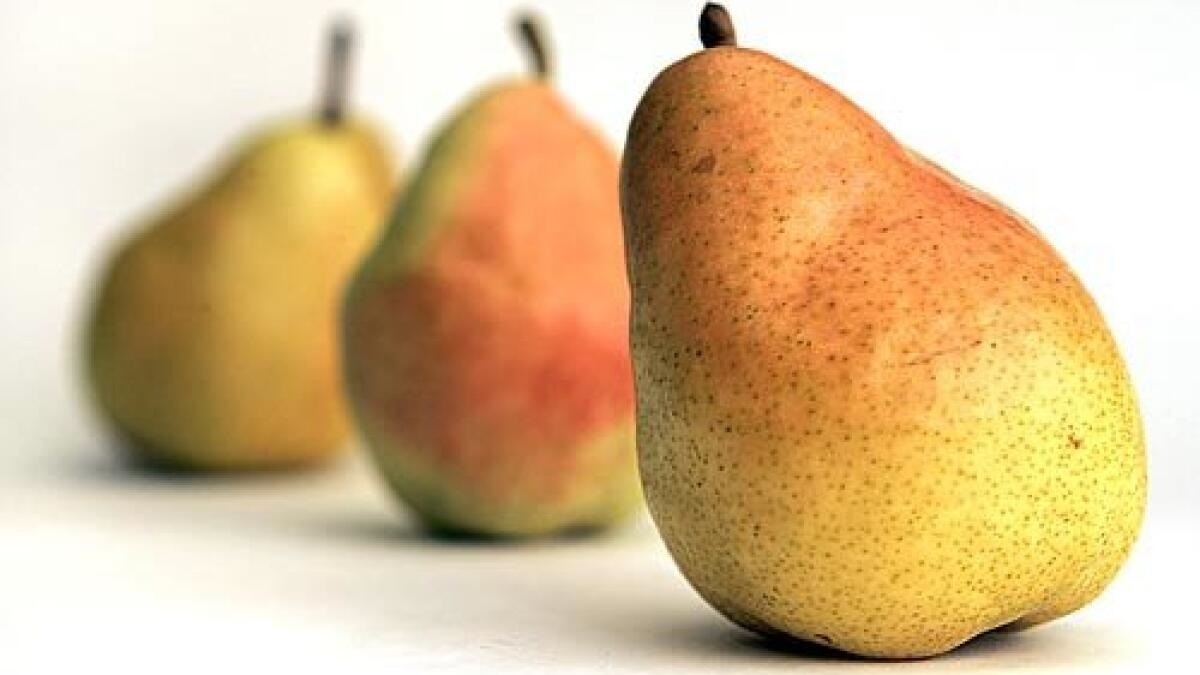
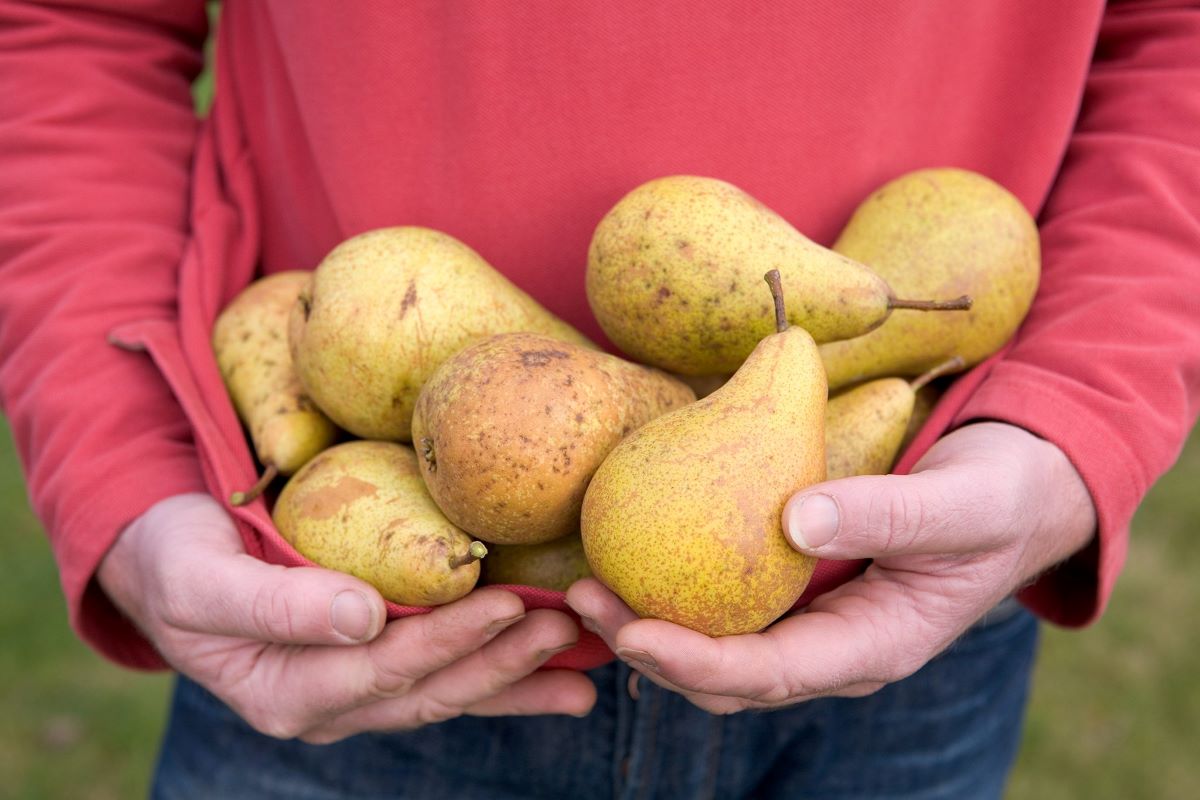
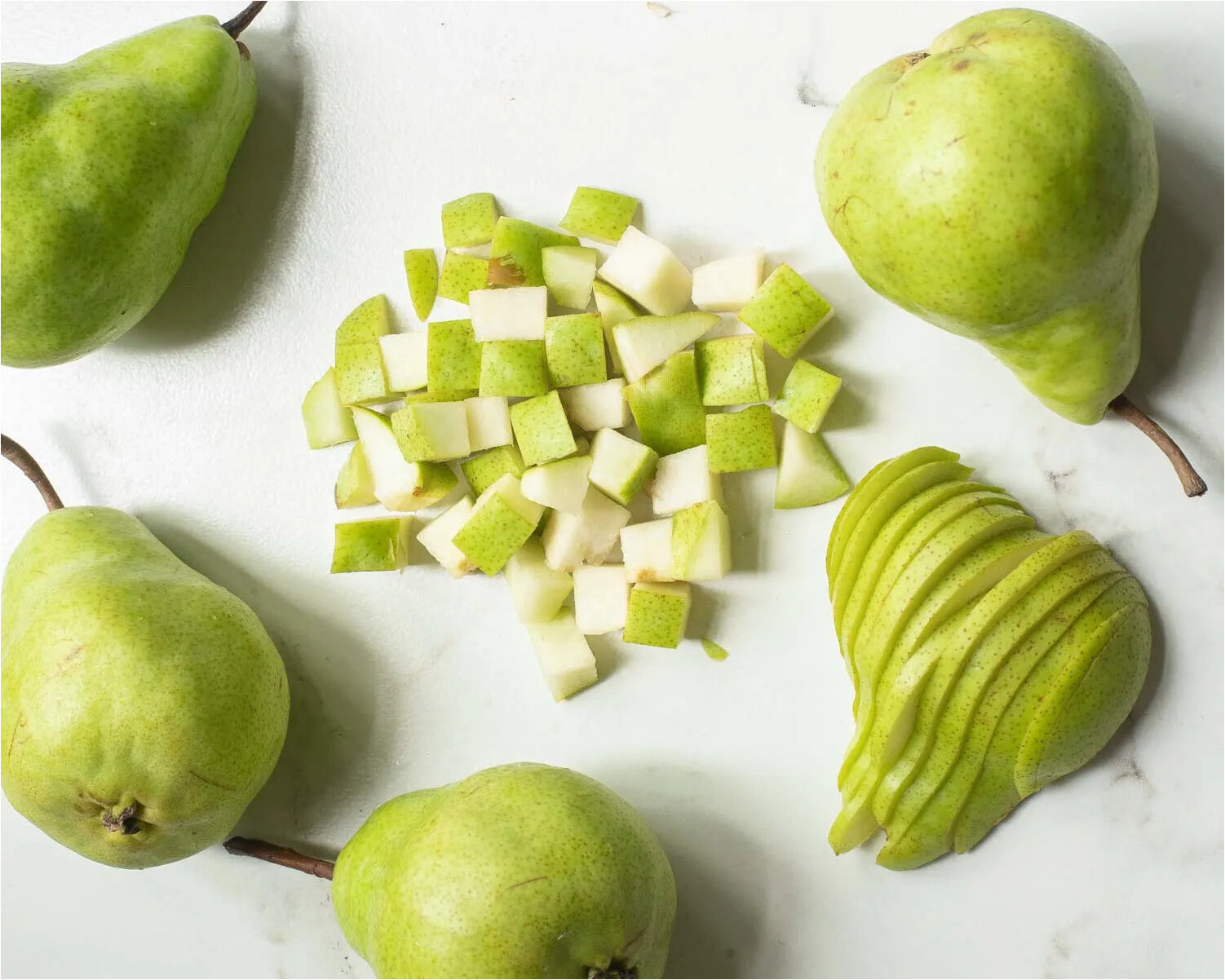
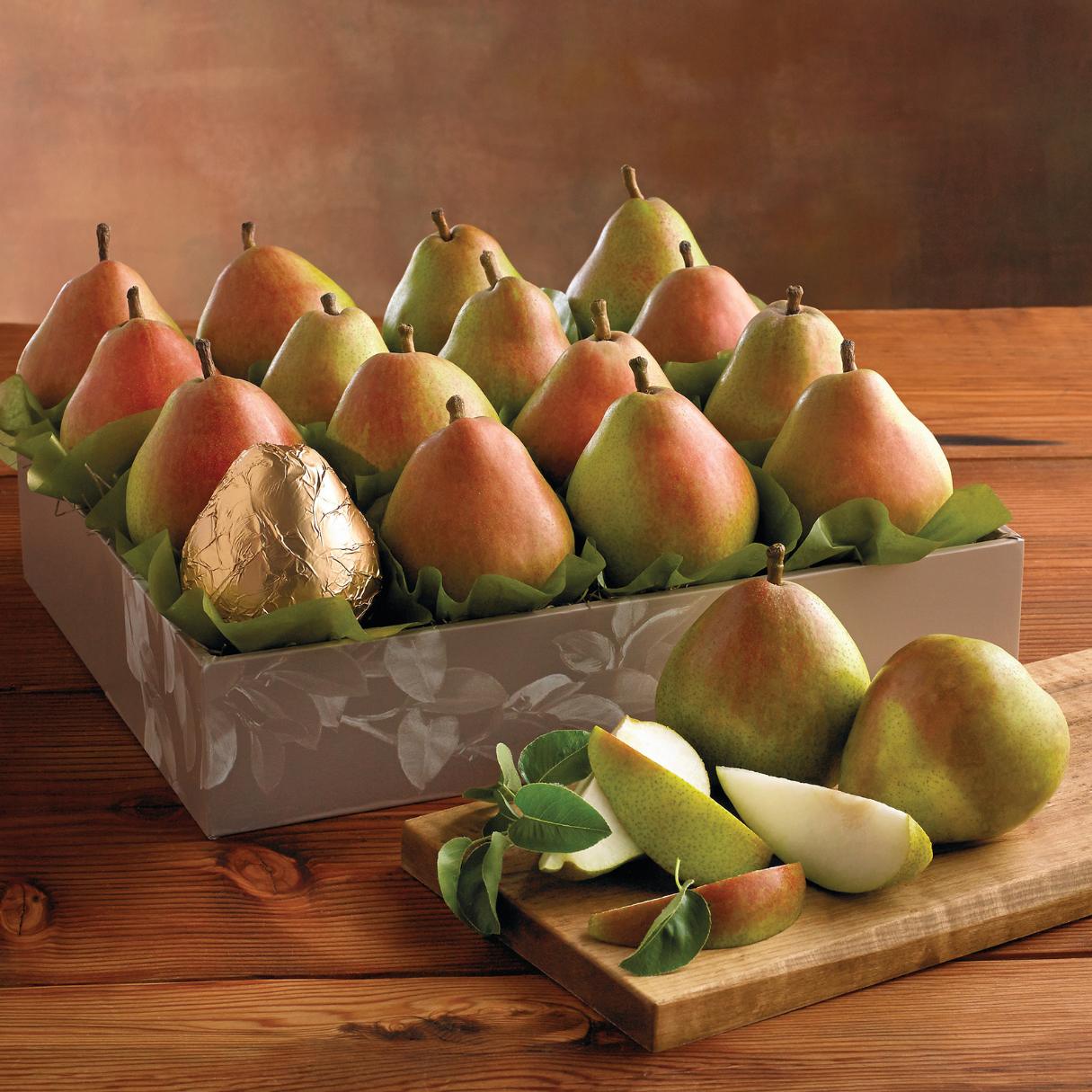
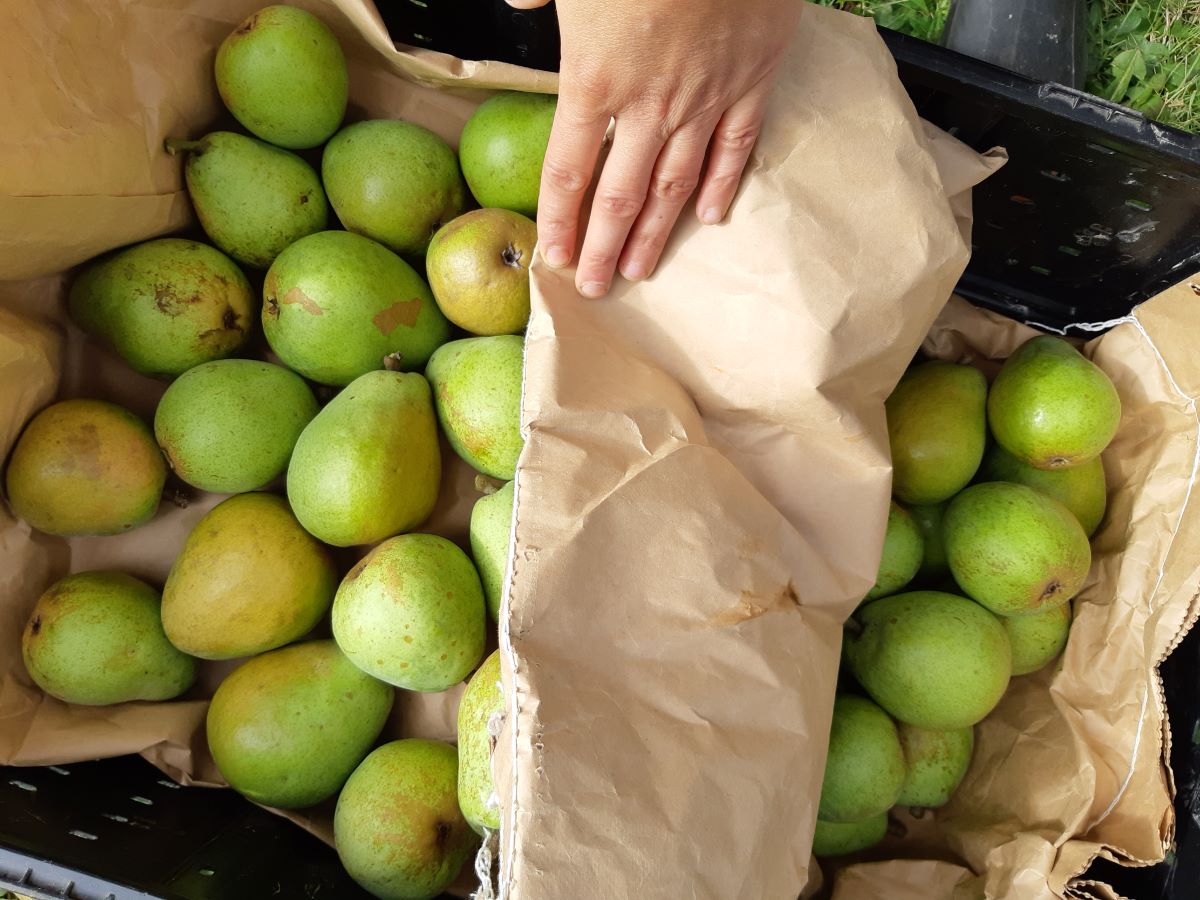
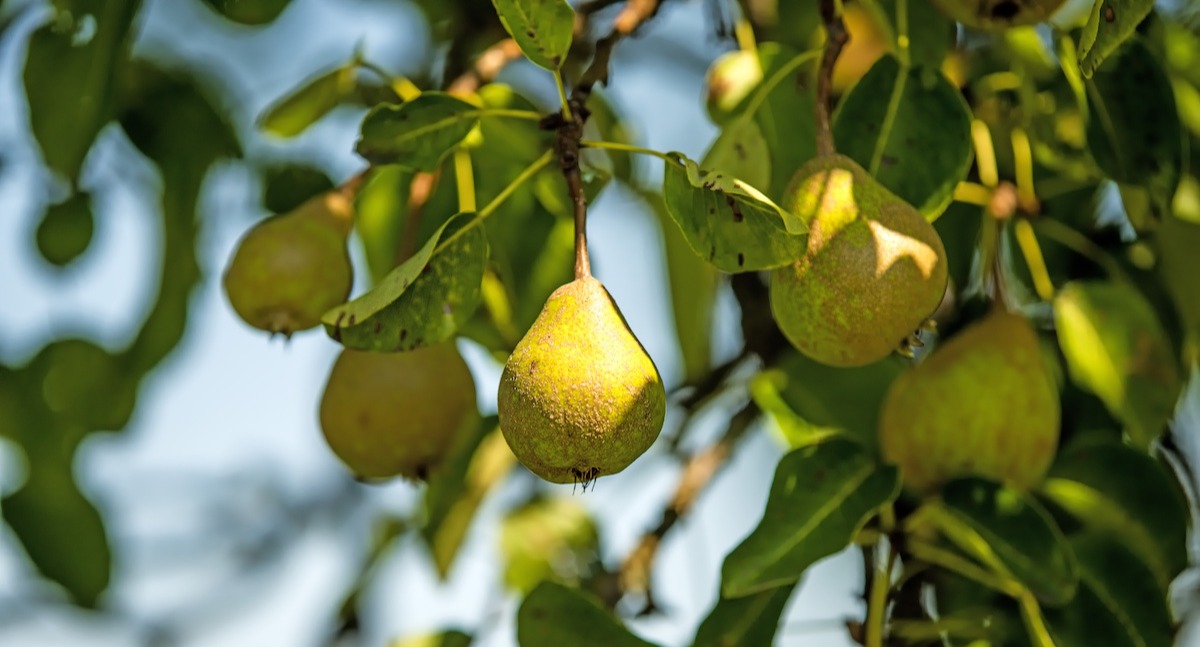
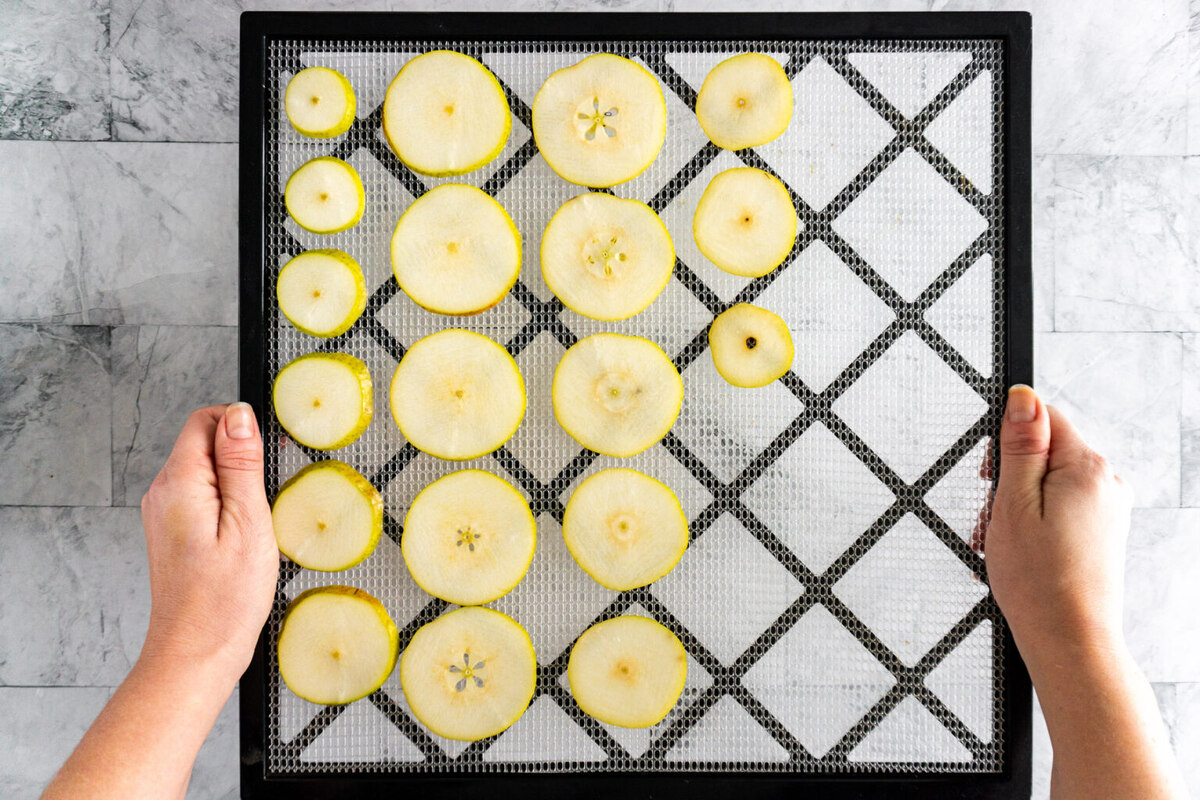
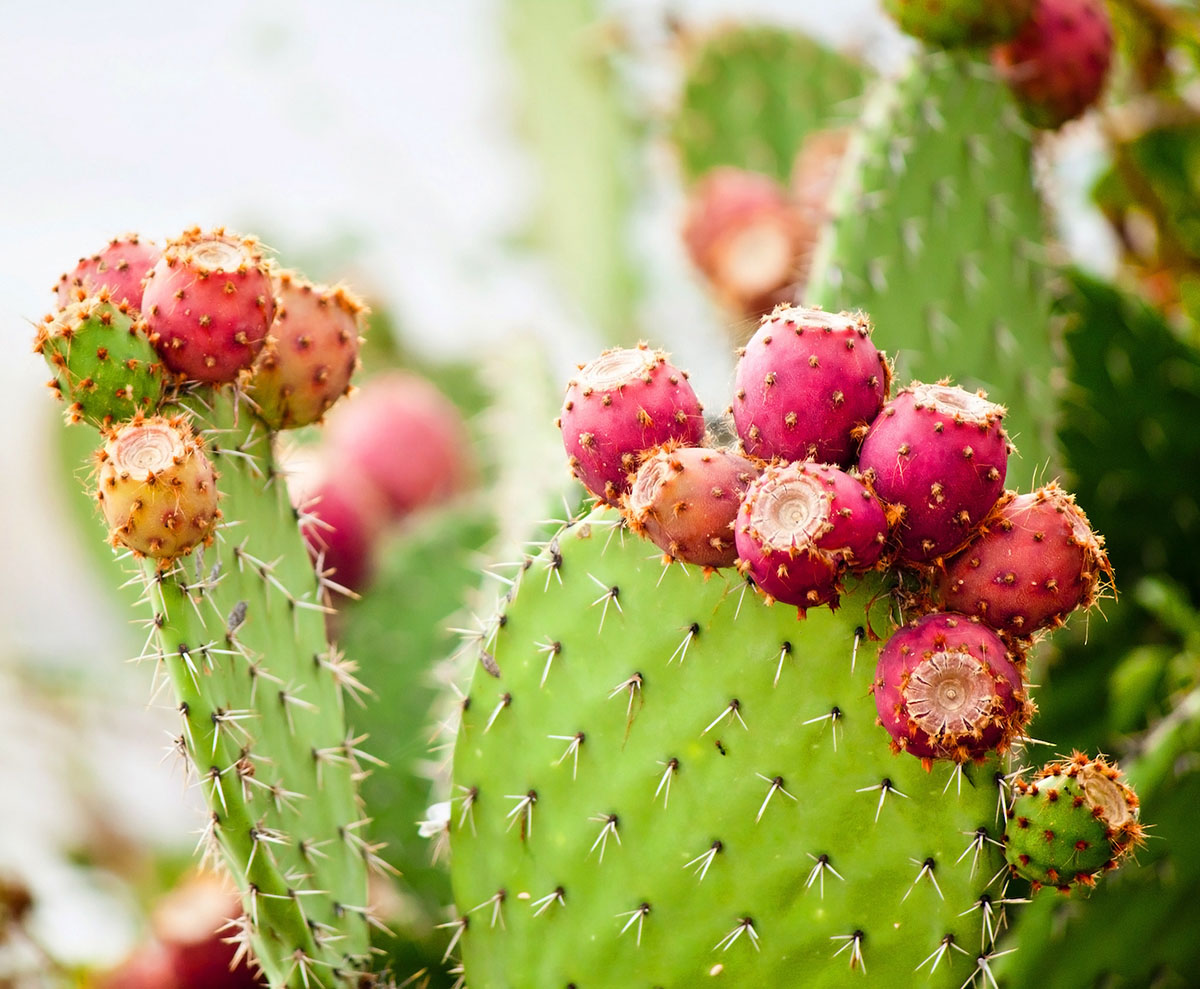
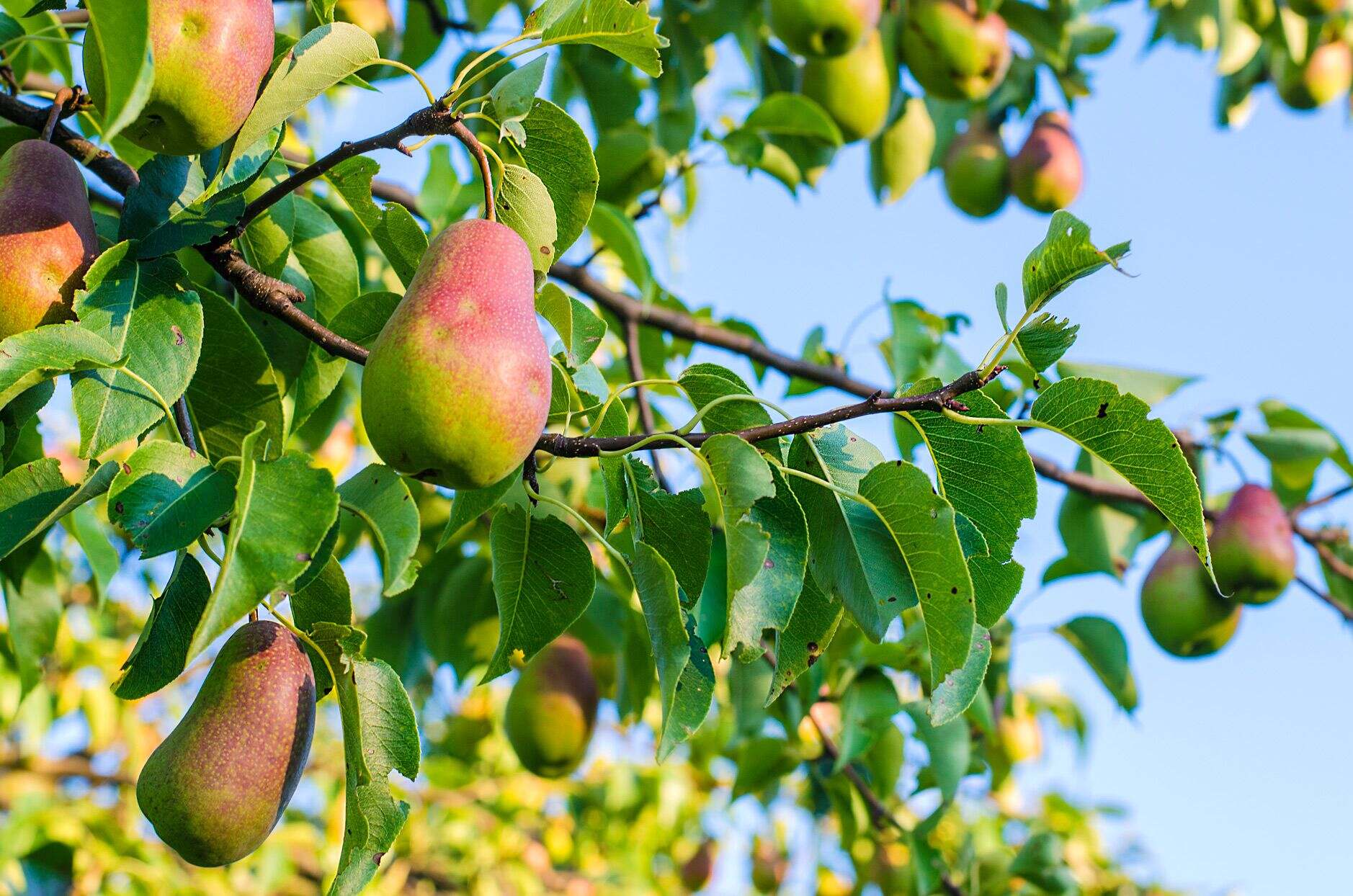
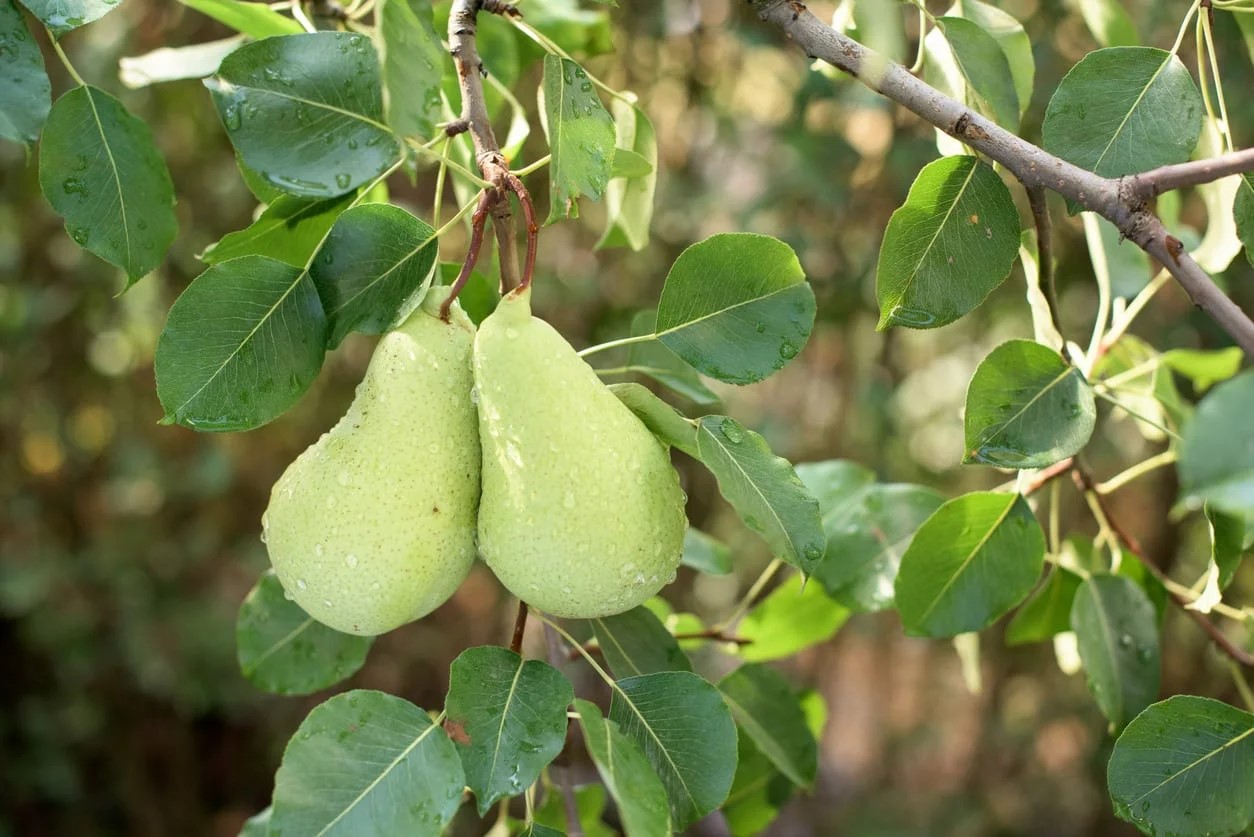
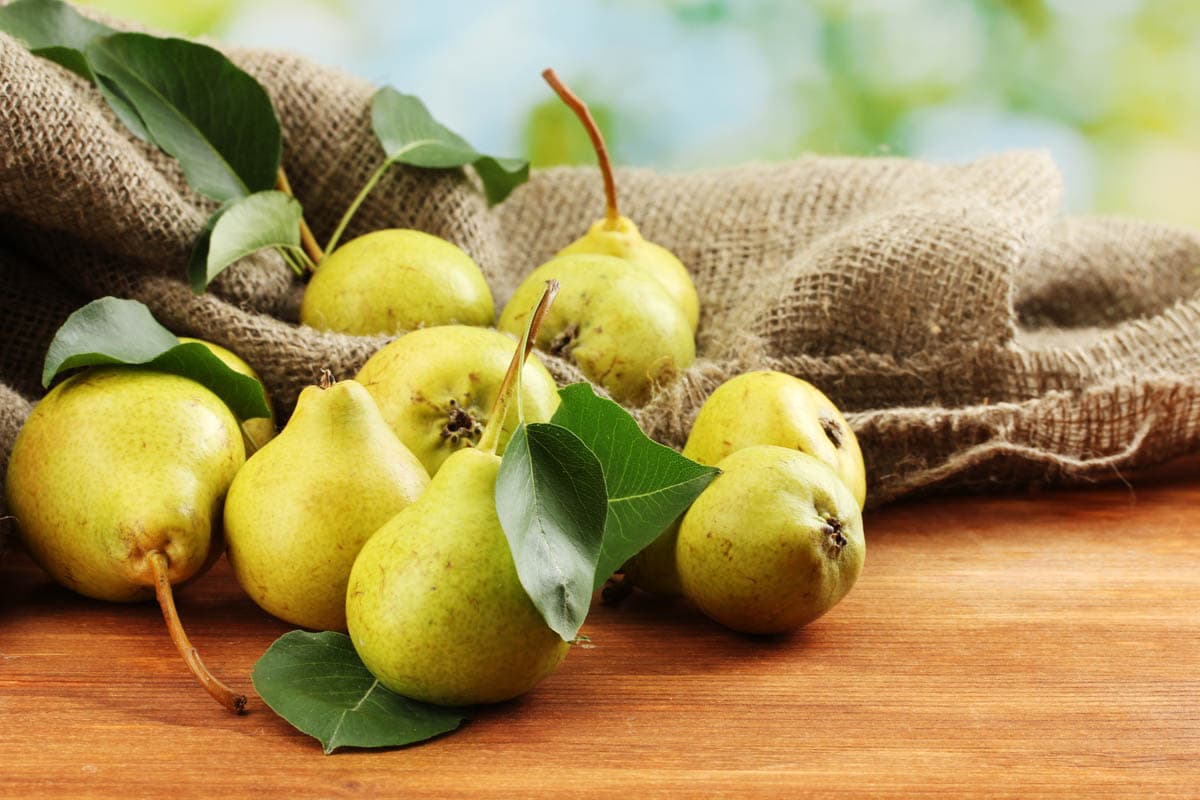

0 thoughts on “How To Store Pears”